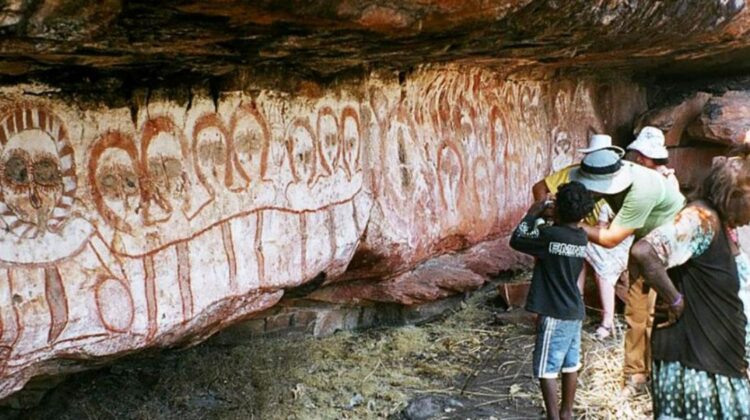
The Kimberley region of north-western Australia is a treasure trove of ancient art, boasting some of the oldest human-made artworks on Earth. Dating back an astonishing 41,000 to possibly 50,000 years, these intricate rock paintings offer a glimpse into the lives and beliefs of Indigenous Australians.
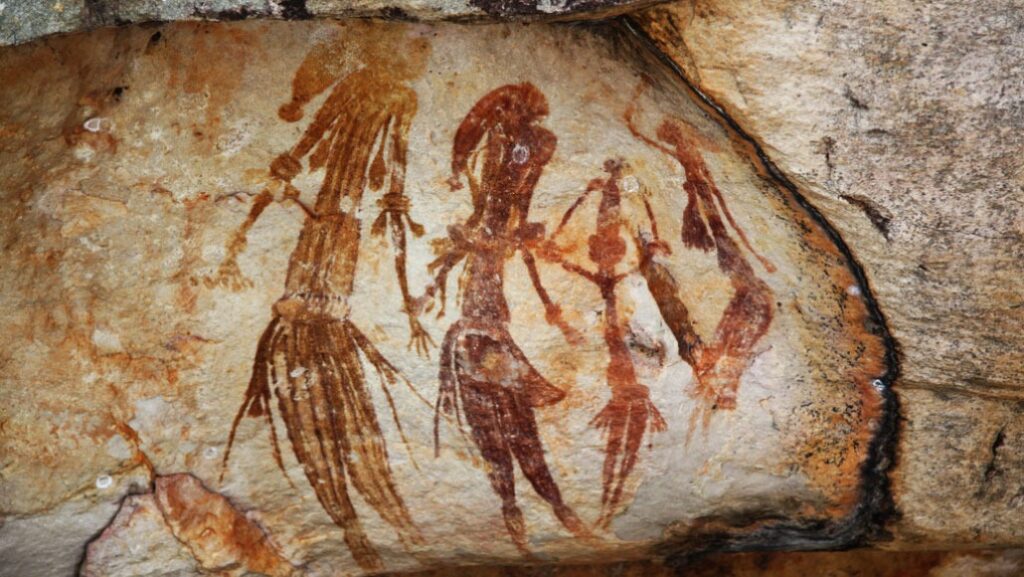

A Diverse Tapestry of Art
The Kimberley’s rock art showcases a remarkable diversity of styles, from the intricate details and dynamic poses of the Gwion Gwion paintings to the large eyes and halo-like heads of the Wandjina spirits. Artists employed various techniques, including using ochre pigments, carving into rock, applying beeswax and resin, and even arranging stones to create symbolic designs.
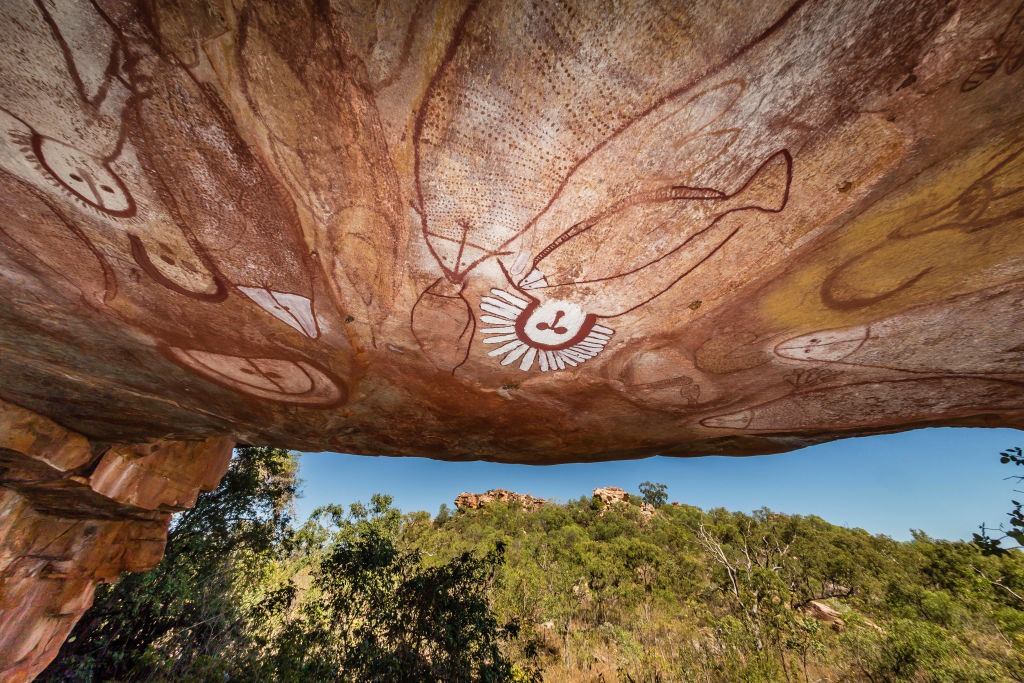
The Endurance of Time
The durability of these artworks is a testament to the skill and foresight of their creators. Ochre’s strong bond with sandstone and the remote locations of the rock art sites have protected them from vandalism and the ravages of time. Indigenous Rangers and archaeologists work tirelessly to manage and protect these invaluable cultural heritage sites.

A Recent Breakthrough in Dating
A groundbreaking study has recently shed new light on the age of the Kimberley’s rock art. By dating mud wasp nest remnants found both beneath and on top of the paint, researchers have determined that many of the fanciful human figures adorning the rock shelters were painted much more recently than previously thought, around 12,700 to 11,500 years ago.
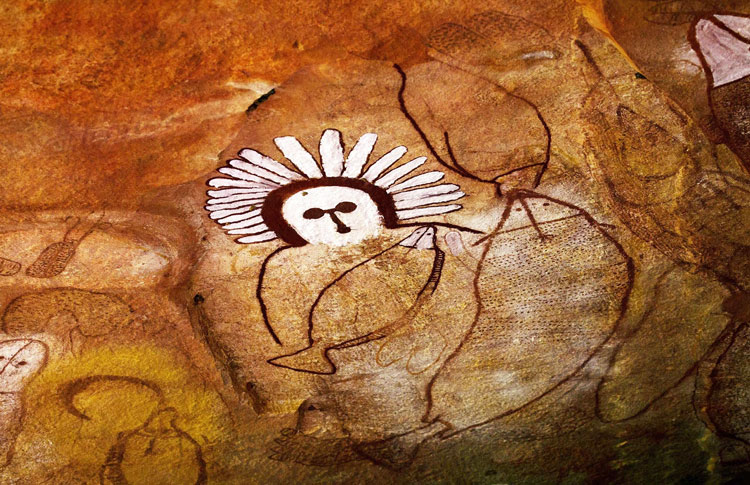
The Significance of Dating
Accurate dating is crucial for understanding the sequence of events and cultural changes that occurred over time. By combining radiocarbon dating of mud wasp nests with other dating methods, researchers can piece together a more complete picture of the ancient Aboriginal people who created these remarkable artworks.

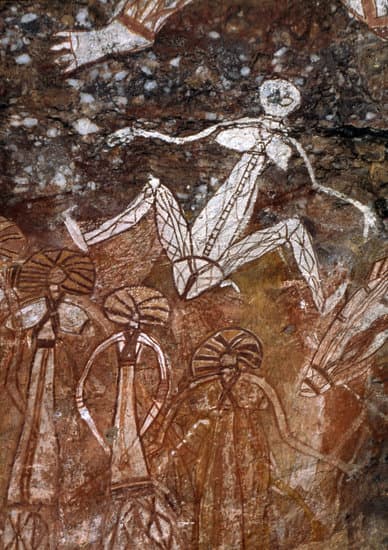
The Kimberley’s ancient rock art is a testament to the ingenuity, creativity, and spiritual beliefs of Indigenous Australians. As we continue to uncover the secrets of these remarkable artworks, we gain a deeper appreciation for the rich cultural heritage of our planet.

Leave a Reply